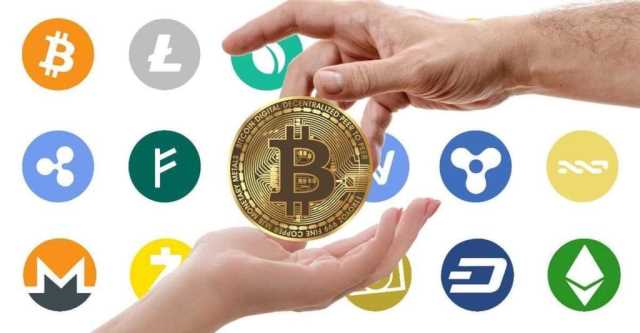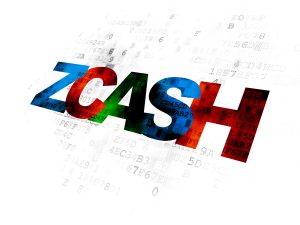
Toshendra Sharma is one of India’s first Blockchain entrepreneurs who began working with Blockchain technology. Tosh Innovations, also known as Blockchain Council, was founded by him in 2017. The Blockchain Council brings together global Blockchain experts to provide online educational certifications in Blockchain and other deep tech fields. The two most successful certifications provided by Blockchain Council are Certified Blockchain Expert and Certified Blockchain Developer. Learn how our clients are revolutionizing their organizations by using IBM Blockchain to gain tangible business outcomes.
Essential features of a blockchain protocol
Centralized banking digital currencies (CBDCs) are centralized currencies and don’t use a blockchain. Before a new block can be added to the chain, its authenticity must be verified by a computational process called validation or consensus. At this point in the blockchain process, a majority of nodes in the network must agree the new block’s hash has been calculated correctly. Consensus ensures that all copies of the blockchain distributed ledger share the same state.

Digital Identity

Bitcoin is a perfect case study for the possible inefficiencies of blockchain. Bitcoin’s PoW system takes about 10 minutes to add a new block to the blockchain. At that rate, it’s estimated that the blockchain network can only manage about seven transactions per second (TPS). Although other cryptocurrencies, such as Ethereum, perform better than Bitcoin, blockchain still limits them.
Ethereum Protocol
As a buzzword on the tongue of every investor in the nation, blockchain stands to make business and government operations more accurate, efficient, secure, and cheap, with fewer intermediaries. This process is not just costly and time-consuming, it is also prone to human error, where each inaccuracy makes tracking property ownership less efficient. Blockchain has the potential to eliminate the need for scanning documents and tracking down physical files in a local recording office. If property ownership is stored and verified on the blockchain, owners can trust that their deed is accurate and permanently recorded. They feature selective transparency, which allows blockchain admins to restrict specific parts of the blockchain to certain participant pools while maintaining public visibility over the rest of the thread.
- As a result, blockchain users can remain anonymous while preserving transparency.
- In the payments space, for example, blockchain isn’t the only fintech disrupting the value chain—60 percent of the nearly $12 billion invested in US fintechs in 2021 was focused on payments and lending.
- This continues until a miner generates a valid hash, winning the race and receiving the reward.
- Also, the sale of Bitcoin for purchases on cash apps such as PayPal requires users to pay capital gains taxes on the Bitcoin sold, beyond whatever state and local taxes are paid on the product or service.
- Each participant’s voting power is determined by how many coins they own.
Public Blockchain
Multiple organizations can share the responsibilities of maintaining a blockchain. These preselected organizations determine who submit transactions or access the data. A consortium blockchain is ideal for business when all participants need to be permissioned and have a shared responsibility for the blockchain. Blockchain is a shared, immutable ledger that facilitates the process of recording transactions and tracking assets in a business network. As we head into the third decade of blockchain, it’s no longer a question of if legacy companies will catch on to the technology—it’s a question of when. Tomorrow, we may see a combination of blockchains, tokens, and artificial intelligence all incorporated into business and consumer solutions.
Creating your own blockchain isn’t recommended for beginner crypto traders or beginner coders. Creating a functioning and secure blockchain is an exceptionally difficult project, and the competition is steep. Here’s how blockchains work — along with a closer look at their pros, cons, and potential applications. He is best known for developing What is a Blockchain Protocol McAfee Anti-virus, the first commercial anti-virus software. McAfee eventually sold his stake in McAfee’s anti-virus firm to pursue a variety of other business ventures, including cryptocurrency. These codes are just for understanding how different creating a smart contract on Solidity is from other famous programming language.

What is proof of work and how is it different from proof of stake?
For example, exchanges have been hacked in the past, resulting in the loss of large amounts of cryptocurrency. While the hackers may have been anonymous—except for their wallet address—the crypto they extracted is easily traceable because the wallet addresses are published on the blockchain. Each node has its own copy of the chain that gets updated as fresh blocks are confirmed and added.